How to Zest Lemons
on Jan 25, 2023, Updated Oct 15, 2024
This post may contain affiliate links. Please read our disclosure policy.
If you have a Microplane, zester, veggie peeler, grater, or knife, you can easily get that wonderful zest of lemons and other citrus fruits.
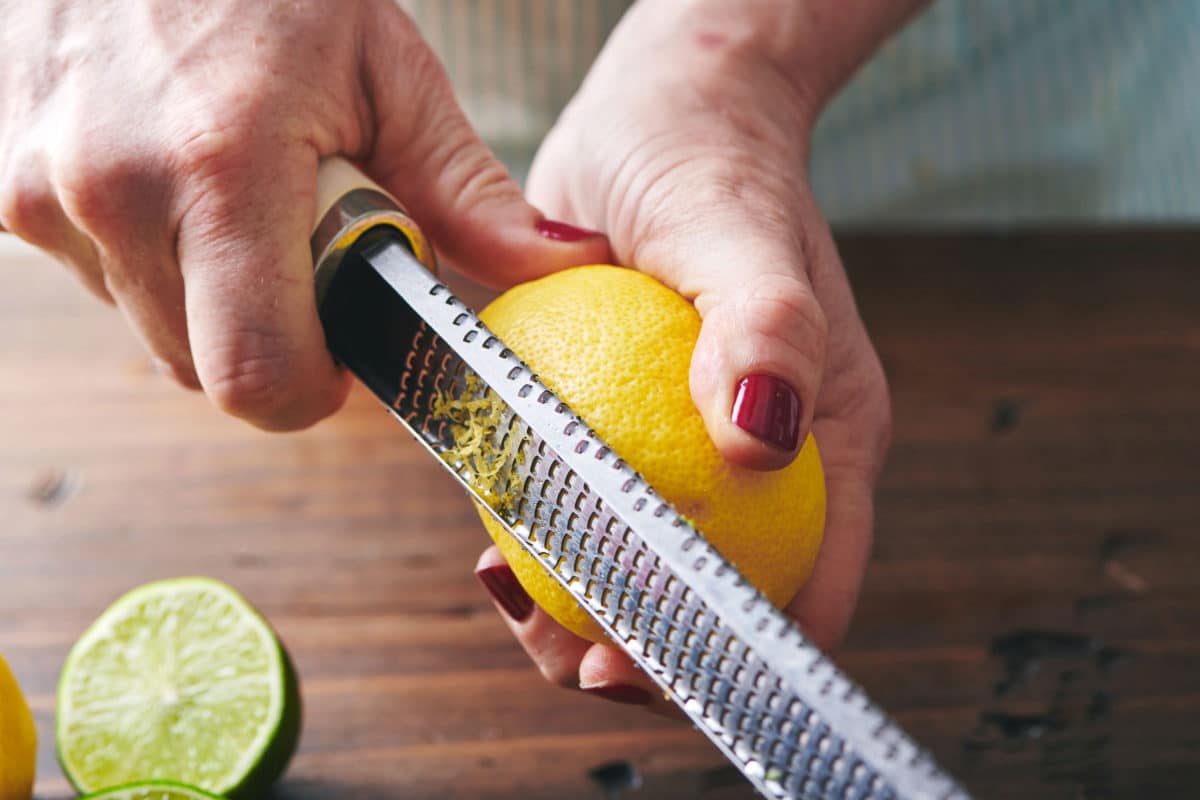
Lemons are one of the most useful and versatile ingredients in any cook’s repertoire, and I use them almost daily. I love the juice and use it constantly, but lemon zest brings another level of perfumy, sweet, citrusy flavor to dishes. And what’s amazing about the zest (and all parts of citrus!) is that it is equally wonderful in savory and sweet dishes. In fact, lemon zest can be used in countless ways.
There are a few ways to zest lemons, depending on what tool you have and how you are going to use the zest. And yes, these methods also work for lime zest, orange zest, or the zest of any other citrus fruit! Whether you have a microplane, citrus zester, vegetable peeler, box grater, or knife, you are on your way to getting that wonderful zest from your citrus. Follow the instructions below, and your zest won’t be bitter at all; it’s just lemony.
By signing up, you agree to our Privacy Policy.
Once you start zesting lemons, you’ll be using this ingredient in everything! Check out Lemon Rosemary Chicken Thighs, Gremolata, or Lemon Cake for some delicious ways to use lemon zest. (More recipes below, too!).
What's In This Post?
- What Is Lemon Zest?
- How to Zest Lemons With a Microplane
- How to Zest Lemons With a Citrus Zester
- How to Zest Lemons With a Vegetable Peeler
- How to Zest Lemons With a Box Grater
- How to Zest Lemons With a Knife
- Tips for Zesting Lemons
- How to Use Lemon Zest
- Storage
- Recipes With Lemon Zest
- More Citrus Cooking Tips
- How to Zest a Lemon Recipe
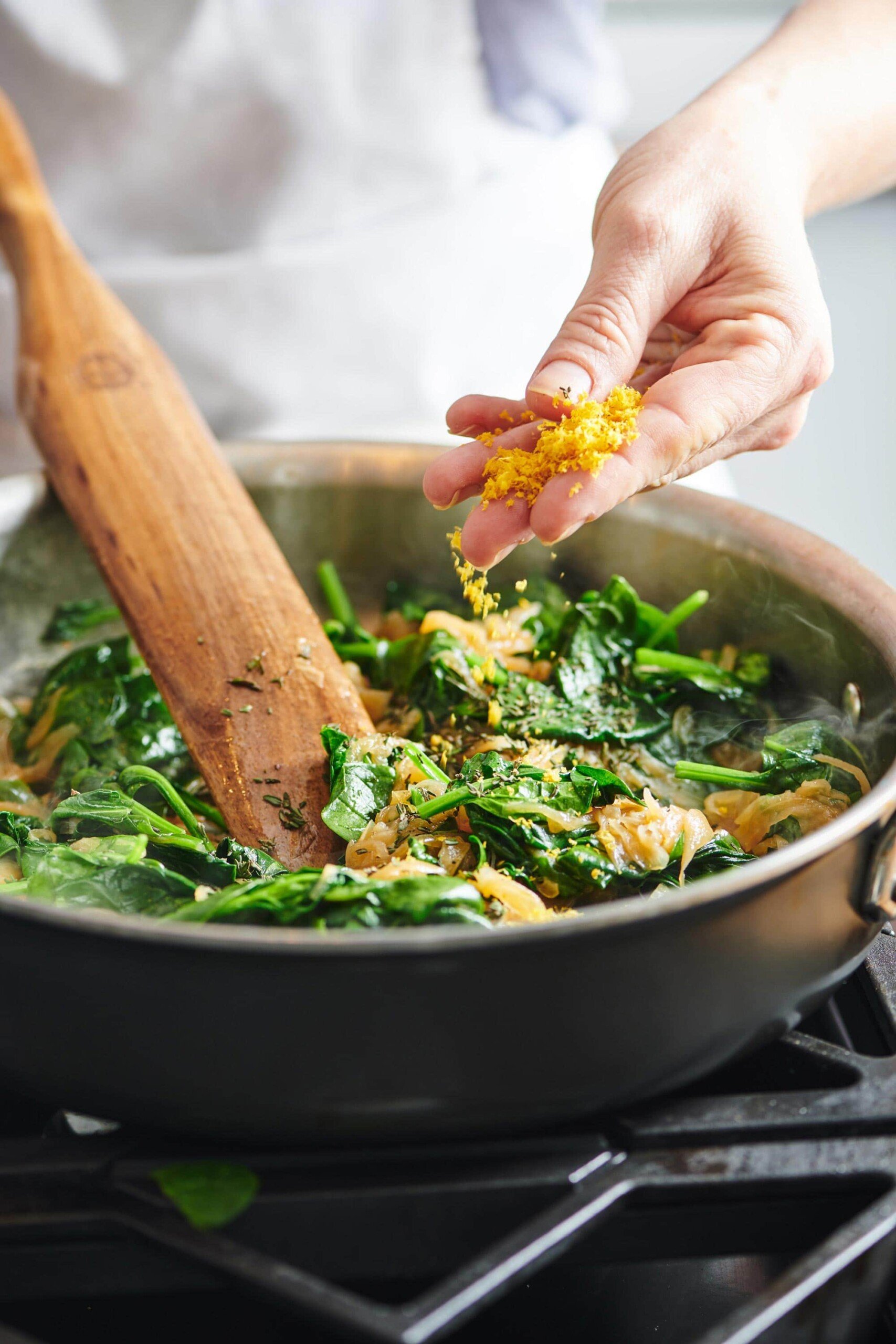
How to Zest Lemons: Lemon zest has a wonderful citrus flavor and aroma, and can be used in so many ways, from savory to sweet. Here’s how to get lemony (not bitter!) zest every time.
What Is Lemon Zest?
Before we get to the zesting options, a word about what exactly the zest is. The zest is the brightly colored outer skin of the citrus fruit. Underneath is the white pith, which is quite bitter and doesn’t have any citrus flavor, just bitterness. Stop zesting the citrus when you get to the white part, then rotate the fruit and keep zesting. You really just want to remove the thin outer layer of yellow and then stop.
Lemon juice is tart and acidic, but in baking and cooking, that flavor will mellow. Lemon zest contains the natural floral, lemony oils of the fruit, and it stands up a little better when exposed to heat. It doesn’t have the same level of sourness or acidity, though. Lemon zest shines in both cooked dishes and as an uncooked topping. According to The Flavor Thesaurus (one of my favorite books about ingredients and how they work together), lemon zest contains a compound called “citral” that is immediately recognized as lemony, while the juice of the lemon has a clean, fresh flavor dominated by citric acid.
Kitchen Smarts
Want to know more about lemons? Everything you need to know about buying, storing, and cooking with lemons.

How to Zest Lemons With a Microplane
This is my favorite and most utilized way of getting the zest from citrus. A Microplane, which is actually the brand name for a rasp or rasp grater, is usually a long, thin or rectangular piece of metal with tiny little holes punched in it. When you drag it over the brightly colored exterior of the lemon, it will scrape the zest off in skinny, fluffy little curly strips without cutting into the bitter pith.
This is the easiest way to add zest to most recipes, and you can also sprinkle the zest over the top of finished dishes. There are Microplanes with different-sized holes, so pick the one that you like best.
Kitchen Smarts
A Microplane is a great kitchen tool. It works wonders on hard cheese, such as Parmesan and chocolate, and is also a nice way to finely mince garlic or ginger.
- In your dominant hand, hold the microplane, and hold the lemon in your non-dominant hand.
- Drag the lemon across the microplane, rotating as you go. Pay close attention to the placement of your fingers, as a microplane is very sharp.
- Repeat this zesting motion until the yellow portion of the peel is removed.

How to Zest Lemons With a Citrus Zester
There are also citrus zesters that have a line of little holes, and these are good for creating longer, more distinct, thin strips of zest. They won’t be as fine or fluffy as those you get with a Microplane, but this is another good zesting tool. If you were looking for finer shreds resembling that from a microplane, you could always chop the strands of zest.
- Place the sharp-edged holes against the citrus and, pushing down slightly, pull it from the top to the bottom of the lemon.
- Repeat this motion, rotating the fruit in your hand as you go, until the entire yellow part of the lemon peel is removed and only the white pith remains.
How to Zest Lemons With a Vegetable Peeler
Sometimes, recipes call for strips of citrus zest, which are easy to get with a plain old vegetable peeler. Such recipes might be drinks (like the Basil Ginger Lemon Saketini or a French 75) or soups, stews, and marinades. Zest strips can also be added to brines and poaching liquids. They are easy to remove when the recipe is finished.
You can also then cut these strips into thin slivers or mince them, which is handy if you don’t have a Microplane or a zester.
- Starting at the top of the lemon, place the sharp edges of the vegetable peeler and, pushing down slightly, pull the vegetable peeler to the other end (be careful not to push too hard and cut into the bitter white pith).
- Repeat this until the entire peel is removed and only the white pith remains.
How to Zest Lemons With a Box Grater
I don’t love this method because I find much of the zest gets stuck in the grater (though there is a simple hack for that in the video below!). You can also use the second smaller-sized holes, which will give you slightly bigger pieces of zest, but they will be less likely to get clogged in the grater holes. The finest holes on the box grater tend to get clogged and hold onto too much of the zest.
- Move the lemon against the sharp part of the holes on a box grater, rotating the lemon as you go.
- Continue zesting the lemon until the entire yellow part is removed and the white pith remains.
How to Zest Lemons With a Knife
Finally, you can use a sharp paring knife to remove the zest. It’s a little harder to avoid slicing down into the white pith, but with a careful hand, it’s another option! Then you can then slice, sliver, or mince the zest as needed.
- For more ease and stability, cut off one end of the lemon and then place the lemon cut end down on a cutting board.
- Carefully cut into the skin of the fruit at a slight angle, removing the bright yellow peel and avoiding the white pith.

Tips for Zesting Lemons
- Wash your fruit.
- One average-sized lemon will yield about 1 tablespoon of zest.
- Always zest your citrus before cutting it open or juicing it. Once you cut it, it will become a big juicy mess and will not offer the firm surface area needed for zesting.
- Don’t waste the juice! If you need both lemon zest and juice for a recipe, zest the fruit first, then cut it in half and squeeze out the juice.
- If you don’t have a microplane or box grater but want small delicate pieces of lemon zest, you can always use a citrus zester, vegetable peeler, or a paring knife and chop or mince the zest further.
How to Use Lemon Zest
- Lemon zest is the perfect addition to any recipe. Try adding it to your favorite pasta, salad, or soup. It will elevate practically any dish.
- Mix it into butter to create a bright lemony butter
- Add a generous pinch of zest to any dip or spread.
Check out more recipes with lemon zest below.
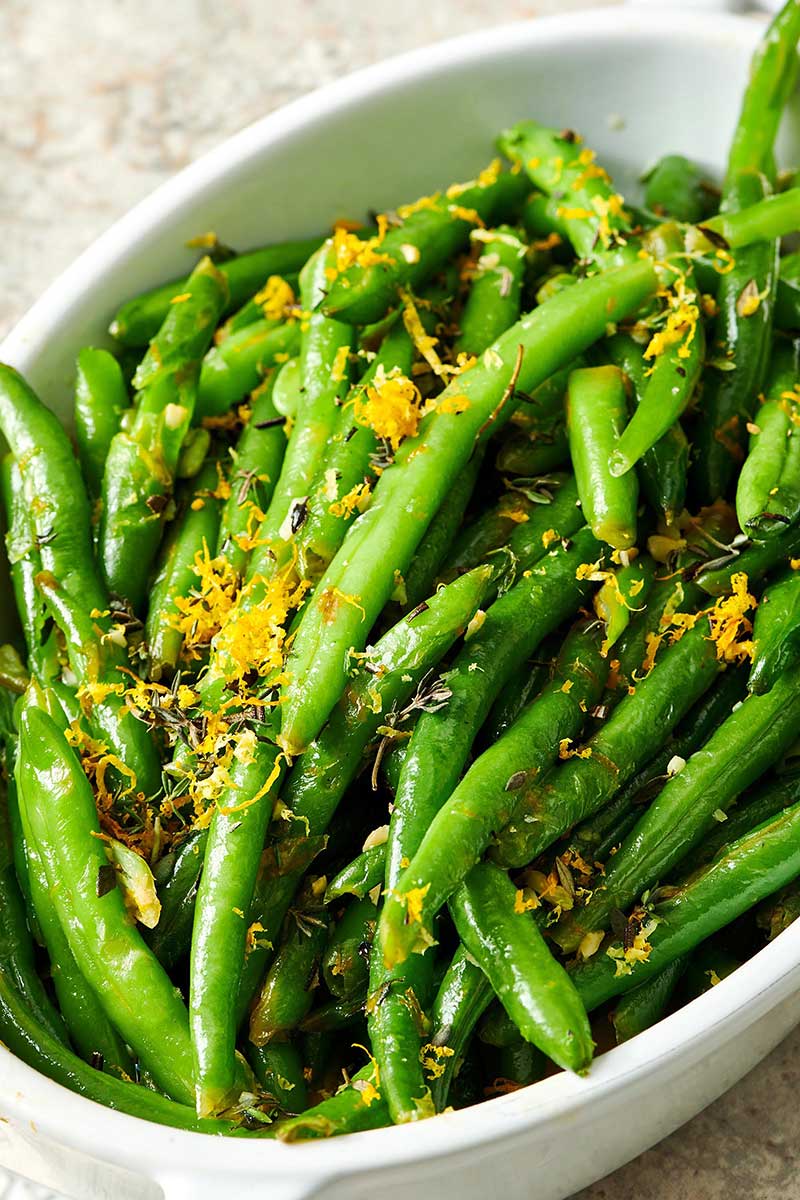
Storage
Lemon zest is one of those ingredients that can really perk up a dish. Before you juice a lemon (or a lime or an orange) for any recipe, consider removing the zest, keeping it in a container in the fridge for several days, and adding it to recipes to give them a pop of flavor. Stews, soups, salad dressings, sauces, marinades, and so on and so on. I actually keep it for much longer (up to a few weeks), though it does dry out — but it’s still great to add to cooked dishes since it will soften up in the heating and still contribute to that citrusy freshness.
You can also pop the lemon zest into the freezer, and you will have fresh zest on hand for up to 6 months.
Recipes With Lemon Zest

More Citrus Cooking Tips
- How to Make Preserved Lemons
- How to Cook With Citrus Fruits
- How to Cook With Limes
- How to Cook With Finger Limes
- How to Cook With Yuzu
Pin this now to find it later
Pin It
How to Zest a Lemon
Equipment
- Microplane (optional)
- Citrus Zester (optional)
- Vegetable Peeler (optional)
- Box Grater (optional)
- Pairing Knife (optional)
Video
Ingredients
- Lemon (as many as needed for the recipe; see Note)
Instructions
To Zest a Lemon With a Microplane
- In your dominant hand, hold the microplane, and hold the lemon in your non-dominant hand. Drag the lemon across the microplane, rotating as you go. Pay close attention to the placement of your fingers, as a microplane is very sharp. Repeat this zesting motion until the yellow portion of the peel is removed.
To Zest a Lemon With a Citrus Zester
- Place the sharp-edged holes against the citrus and, pushing down slightly, pull it from the top to the bottom of the lemon. Repeat this motion, rotating the fruit in your hand as you go, until the entire yellow part of the lemon peel is removed and only the white pith remains.
To Zest a Lemon With a Vegetable Peeler
- Starting at the top of the lemon, place the sharp edges of the vegetable peeler and, pushing down slightly, pull the vegetable peeler to the other end (be careful not to push too hard and cut into the bitter white pith). Repeat this until the entire peel is removed and only the white pith remains.
To Zest a Lemon With a Box Grater
- Move the lemon against the sharp part of the holes on a box grater, rotating the lemon as you go. Continue zesting the lemon until the entire yellow part is removed and the white pith remains.
To Zest a Lemon With a Paring Knife
- For more ease and stability, cut off one end of the lemon and then place the lemon cut end down on a cutting board. Carefully cut into the skin of the fruit at a slight angle, removing the bright yellow peel and avoiding the white pith.
Notes
- Wash your fruit.
- One average-sized lemon will yield about 1 tablespoon of zest.
- Always zest your citrus before cutting it open or juicing it. Once you cut it, it will become a big juicy mess and will not offer the firm surface area needed for zesting.
- Don’t waste the juice! If you need both lemon zest and juice for a recipe, zest the fruit first, then cut it in half and squeeze out the juice.
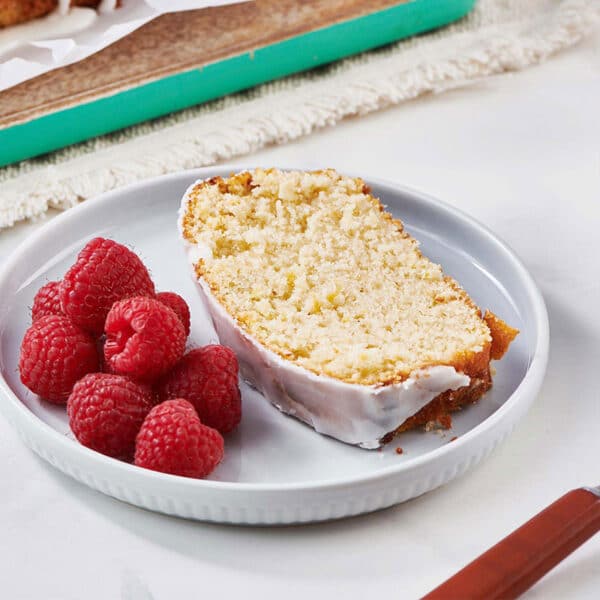
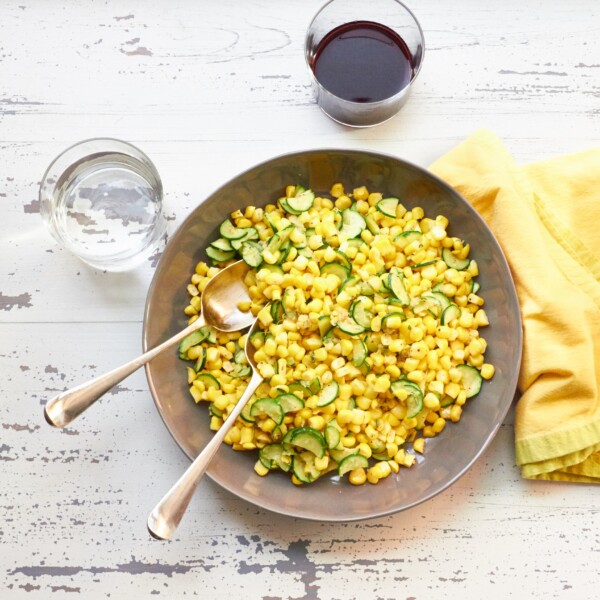
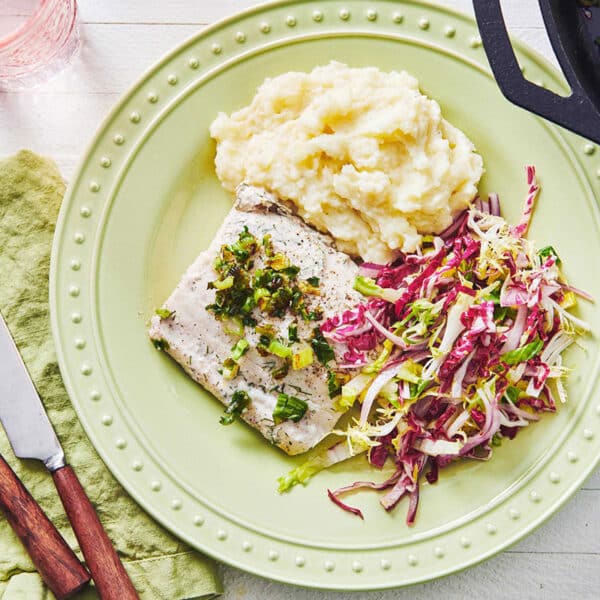

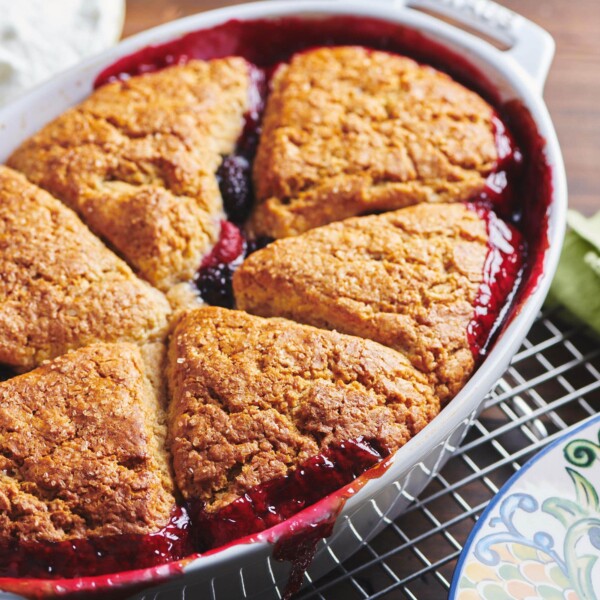
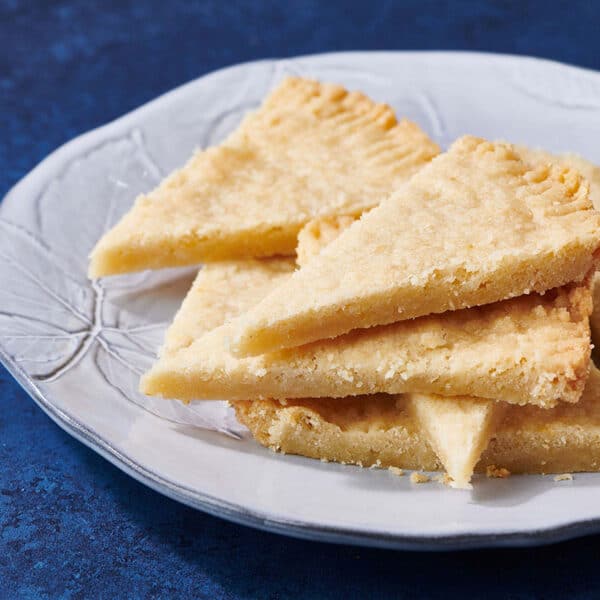
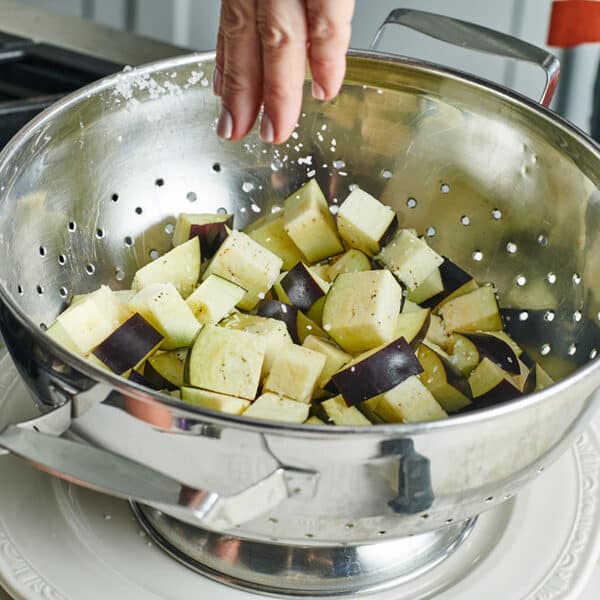
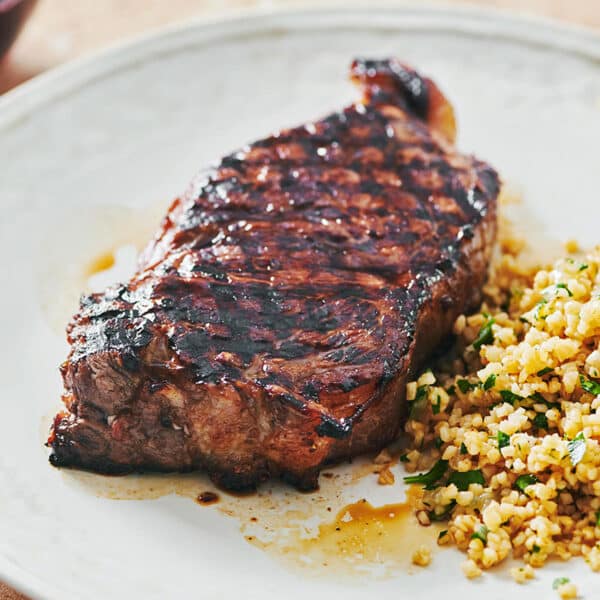

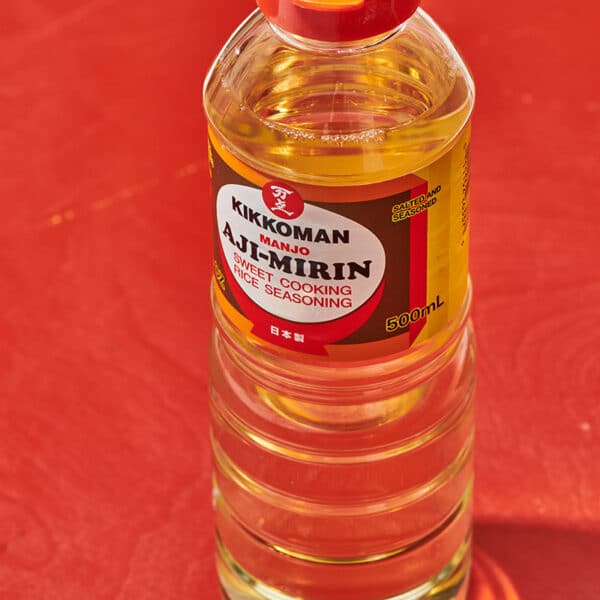









Great tips, thank you.